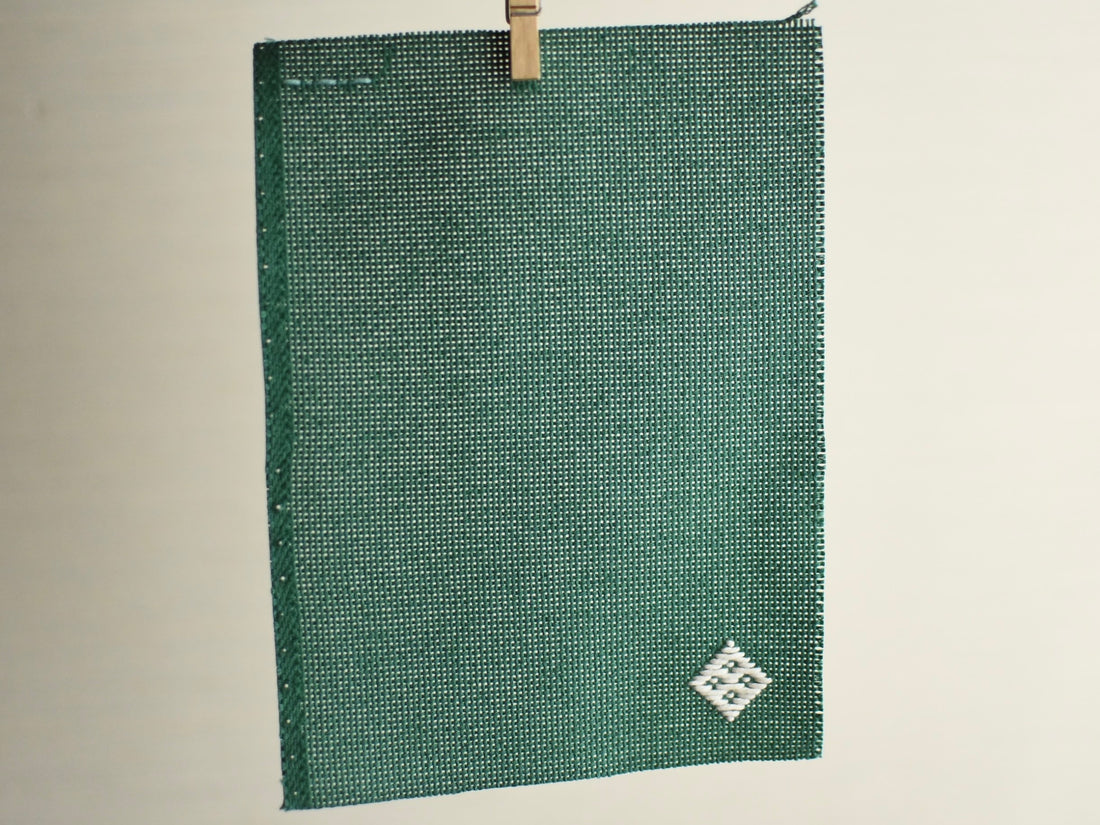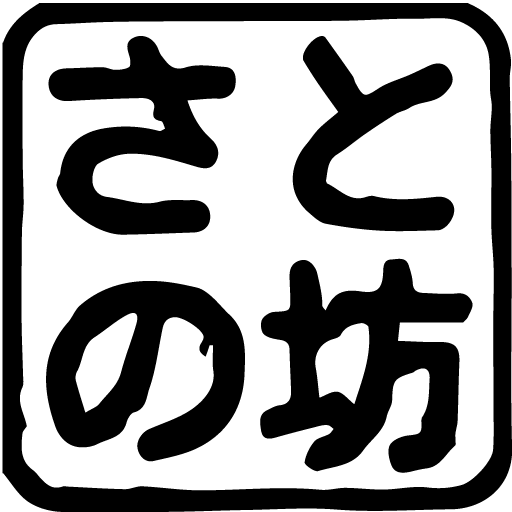
Understanding cloth and thread 8 (transparency of cloth 2)
◆Knowing cloth and thread 8 (transparency of cloth 2)
In the previous article, Understanding Fabrics and Threads 7 , we looked at what we noticed when we paid attention to the transparency of fabrics, and compared Olympus Linen and Kensen Congress, two fabrics that were worth comparing among the fabrics surveyed. I have written.
Today, we will take a look at the fabrics that will be investigated. Before checking the fabric, first check the warp of the fabric. This collection of threads is cloth. If there is a difference in the warp, you can imagine that there will be a big difference in the fabric.

◆Check how the light shines through First, look at the fabric in the same arrangement as usual. The fabrics I chose this time have a similar number of stitches, so if you think about it roughly, it seems that non-transparent fabrics have thick threads , and transparent fabrics have thin threads . As with yesterday's photo, I fixed the position of the cloth and camera.
Let's look at Azabu first.

(Azabu, but fancy hessian is a rayon blend)
Did you feel anything?
I get the impression that B. Fancy Hessian is less transparent, and F. Olympus linen is more transparent. If you look at the tension of the fabric, A. Linen 252 appears to be distorted at the bottom of the clipped area. C.Zweigart Cork also has a slight movement of the cloth. The other fabrics are as crisp as new roasted seaweed . I previously mentioned that the warp threads are glued to prevent friction and for reinforcement, but is that the effect of the glue? Is there an issue with the timing of purchase?
Also, when you look through linen cloth, you can feel the texture of the woven threads, or rather, it's interesting that each thread is uneven. The texture of the weaving thread also seems to affect the feel of the stitching.
Next, let's take a look at the 6 pieces of cotton .

(cotton cloth)
What is your impression of this?
It may be hard to see in the photo, but I get the impression that G. New Congress and K. Perry Pull are more transparent than other fabrics. Also, the I.Zweigart dowel is not as transparent as the two above, but it feels thin, as if light is coming in from other than the holes in the fabric.
In fact, as you can see in the photo, I feel that G. New Congress and K. Perryple have a different stitching feel than any other cotton fabric. (I will bring this up again) Personally, I have the impression that L.koginbank is softer than I.Zweigart Davosa , and J. Lucien's Congress has a smoother and softer surface compared to H. Kensen's Congress. .
If you pay attention to the thickness of the weaving threads, you will notice that it feels more regular than linen cloth.
◆ Arrange the fabrics in order of weight to see how transparent they are We have already told you that we are researching fabrics with similar fineness. Judging from the research so far, the light fabric▶️The thread is thin▶️Is the fabric transparent? I can imagine. The cloth is transparent ▶️Is it easy to pierce? soft? ? I'm curious. I'll look into the stabbing feeling later, but it looks like it'll be fun to make some predictions.
Finally, arrange cloths of similar weight. Start with 6 pieces of light cloth. F. Olympus linen is 4g , others are 5g . I've put the numbers in the photo.

(Fabric name background is white: linen, yellow: cotton)
Looking at the photo above, F. Olympus Linen, G. New Congress, and K. Perrypull look similar. I also think you can feel the difference in the unevenness of the weaving threads between linen and cotton. It smells like it has a different feel to it. I'm curious.
Next is the heavy cloth. C. Zweigart Coke, I. Zweigart Davosa is 7g, B. Fancy Heshan, J. Lucian Congress, L. koginbank is 8 g, H. Kensen Congress is 10 g. As I repeat many times, the difference in weight between cloths with similar stitch counts is due to the difference in the thickness of the threads, and you can imagine that heavier fabrics with the same stitch count will have smaller holes.

◆Think about the relationship between visual impressions and actual numbers
Until now, it was intuitive and somehow easy to stab! difficult! I made this decision and accumulated only experience points, but by the end of this research, in addition to the compatibility of materials from my past experience, I was able to learn about the compatibility of fabrics and threads that I had not tried before. Maybe you're trying out a combination? I started to feel excited. I will continue to research slowly, but I would be happy if you could enjoy learning about the holes in the cloth and the thickness of the threads together.
▶️Shop
You can now choose a set without thread, such as a book cover kit. We will gradually increase the number of kits.
◆Regarding the survey content
This information is for those who enjoy Koginzashi on their own, and was researched by Satonobo using materials he kept at home. Please note that depending on the storage environment, there may be a discrepancy in the count or weight of the fabric you have. Also, unauthorized use of photos is prohibited. I hope you have a fun Kogin time.
Satonobou
